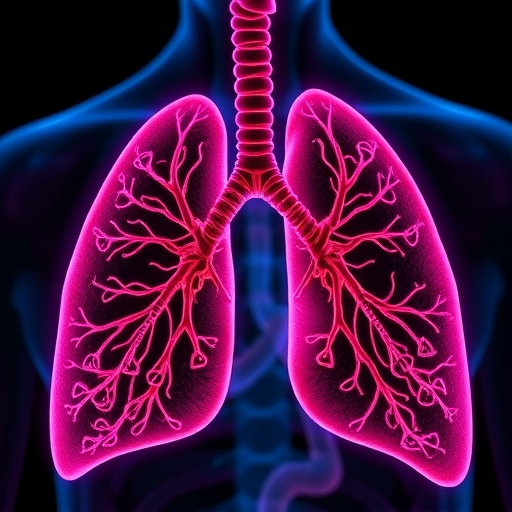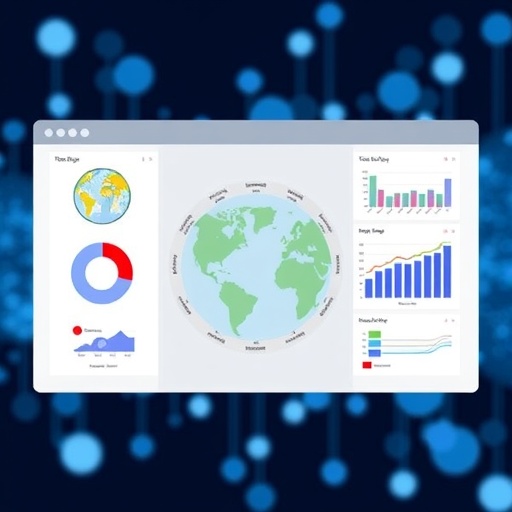Young Americans with cancer have a far better prognosis than once thought due to a surprising new discovery about the role of HIV/AIDS, fundamentally altering a long-standing narrative about their cancer mortality, according to new findings by USC scientists.
For decades, some researchers believed cancer survival rates were dismally low among adolescents and young adults in the United States. But a review of long-term data by researchers at the Keck School of Medicine of USC and the Los Angeles Cancer Surveillance Program shows that 15- to 39-year-olds had the best survival of any age group for many years, and maintained that lead until pediatric cancer survival caught up.
That fact shows clearly once the rise and fall of HIV/AIDs-related cancers are considered – a reevaluation not done before. The findings appear in the Oct. 15 Journal of the National Cancer Institute.
"Those earlier statistics were not wrong, they just weren't reexamined until now," said senior author Dennis Deapen, director of the Los Angeles cancer registry and a professor of clinical preventive medicine at the Keck School of Medicine. "We need accurate cancer survival statistics to evaluate treatment results and set clinical guidelines and research priorities. When we talk to patients, we want to provide hope, backed by data."
Pediatric cancer is considered a medical success story, with survival rates soaring from 20 percent to 80 percent in recent decades. In contrast, survival for 15- to 39-year-olds with cancer took a disturbing dip between 1975 to 1997, which puzzled scientists for many years.
The new analysis adjusts for Kaposi's sarcoma and lymphomas, which were a consequence of the HIV/AIDS epidemic in the United States in the 1980s and 1990s, before the widespread availability of antiretroviral therapy.
Overall, five-year survival for all cancers among children and adolescents and young adults is now 80 percent.
The USC analysis concurs with a 2014 National Cancer Institute report concluding that young people with cancer have generally good outcomes because of their better overall health, greater ability to recover from cancer treatment and lower mortality from other causes, compared to older adults.
About 70,000 adolescents and young adults are diagnosed with cancer in the United States every year. Researchers caution that this group still faces a host of unique challenges, including later diagnosis, difficulty accessing treatment, low participation in clinical trials and psycho/social after-effects.
"It's exciting to have some good news come out of the cancer surveillance data," said Lihua Liu, an associate professor of clinical preventive medicine at USC and the study's lead author. "Our findings confirm the importance and benefit of cancer research and accessing cutting-edge treatment. It highlights the need for research of adolescent and young adult survivorship and their psychosocial challenges."
###
Other authors of the study include Kaiya Tsai, Amie Hwang, Ann S. Hamilton, Juanjuan Zhang and Myles Cockburn, all of the Los Angeles Cancer Surveillance Program of the Keck School of Medicine; Diana Moke of Children's Hospital Los Angeles; and David Freyer of the USC Norris Comprehensive Cancer Center and Children's Hospital Los Angeles. Cockburn, Hwang and Deapen are also affiliated with Norris. Cockburn has an affiliation with the University of Colorado as well.
The collection of cancer incidence data used in this study was supported by the California Department of Public Health pursuant to California Health and Safety Code Section 103885; Centers for Disease Control and Prevention's National Program of Cancer Registries, under cooperative agreement 5NU58DP003862-04/DP003862; the National Cancer Institute's Surveillance, Epidemiology and End Results Program under contract HHSN261201000140C awarded to the Cancer Prevention Institute of California, contract HHSN261201000035C awarded to USC, and contract HHSN261201000034C awarded to the Public Health Institute. Moke's work on this project was supported by training grants from the National Cancer Institute of the National Institutes of Health under contract T32CA09659 awarded to Children's Hospital Los Angeles. The work by Deapen and Freyer was also in part supported by award number P30CA014089 from the National Cancer Institute.
Media Contact
Leigh Hopper
[email protected]
310-308-0405
@USC




